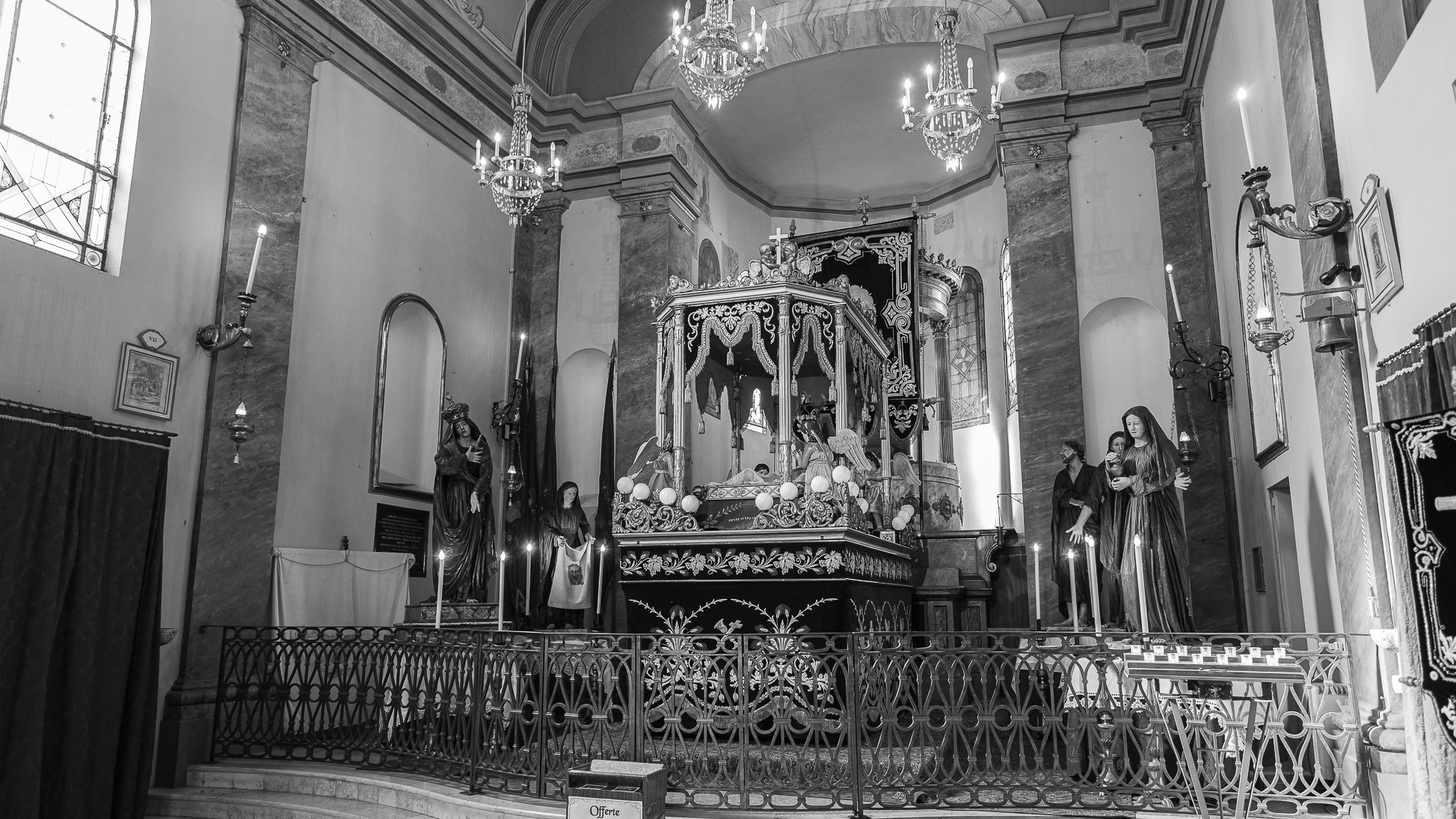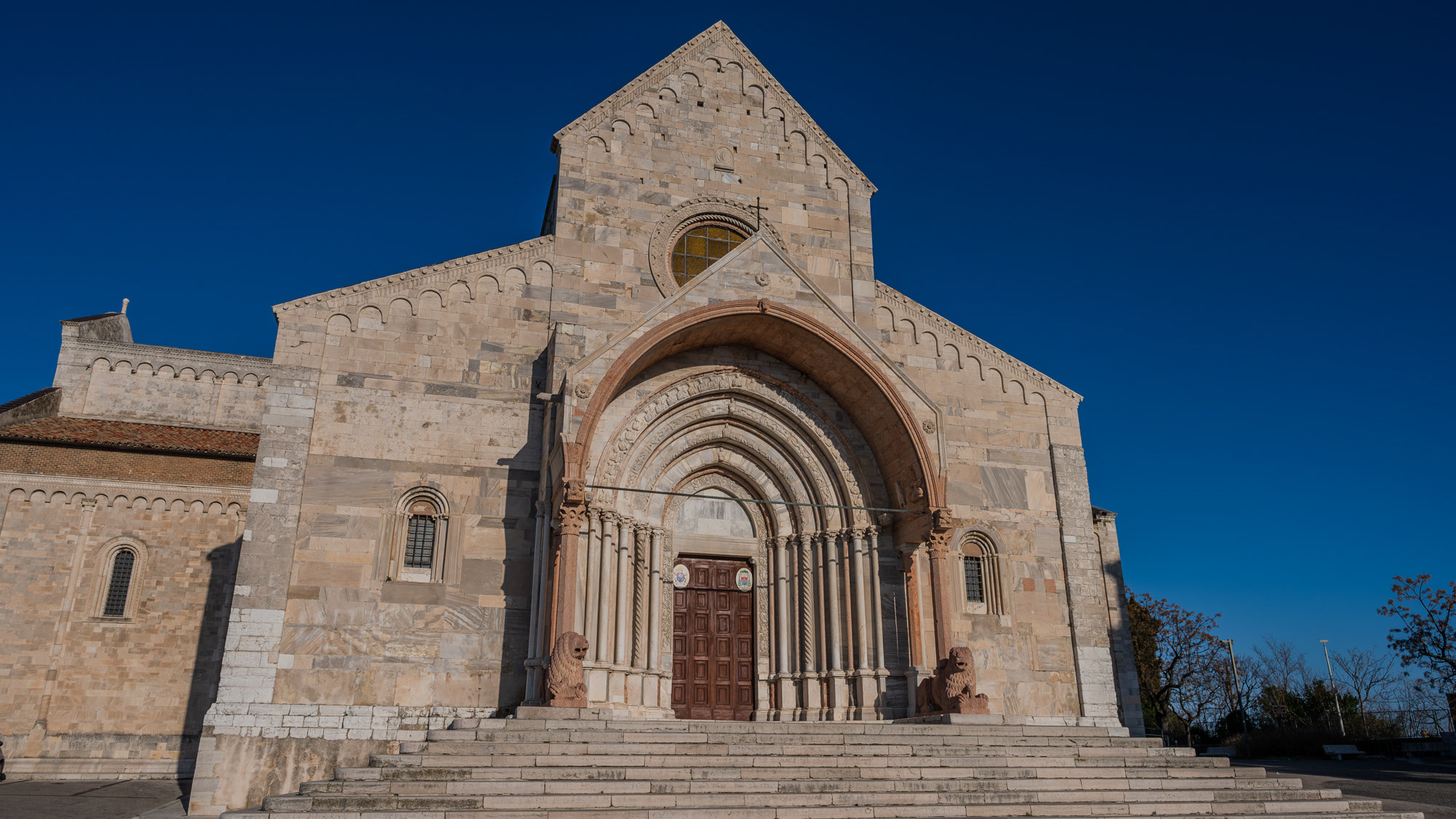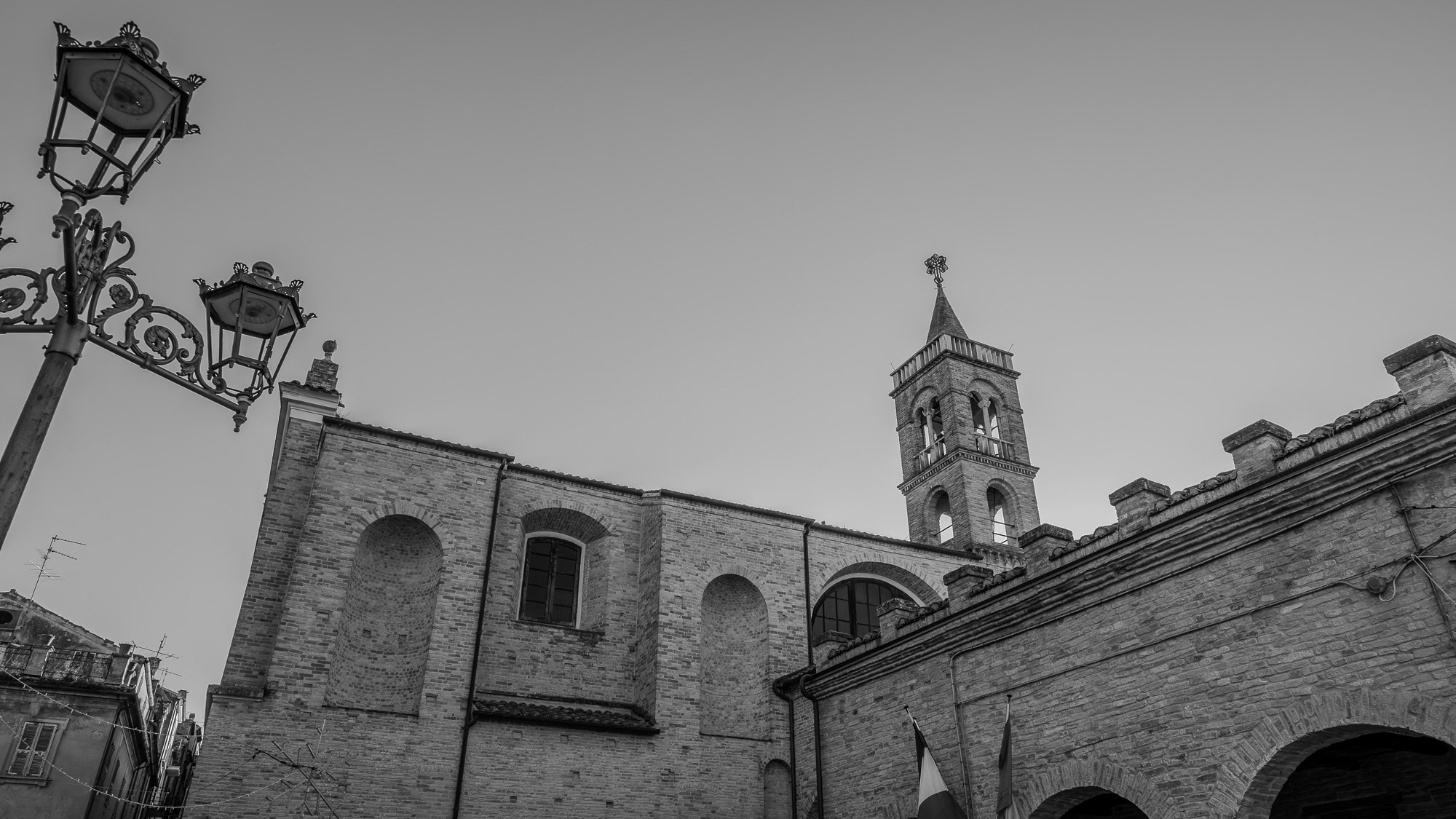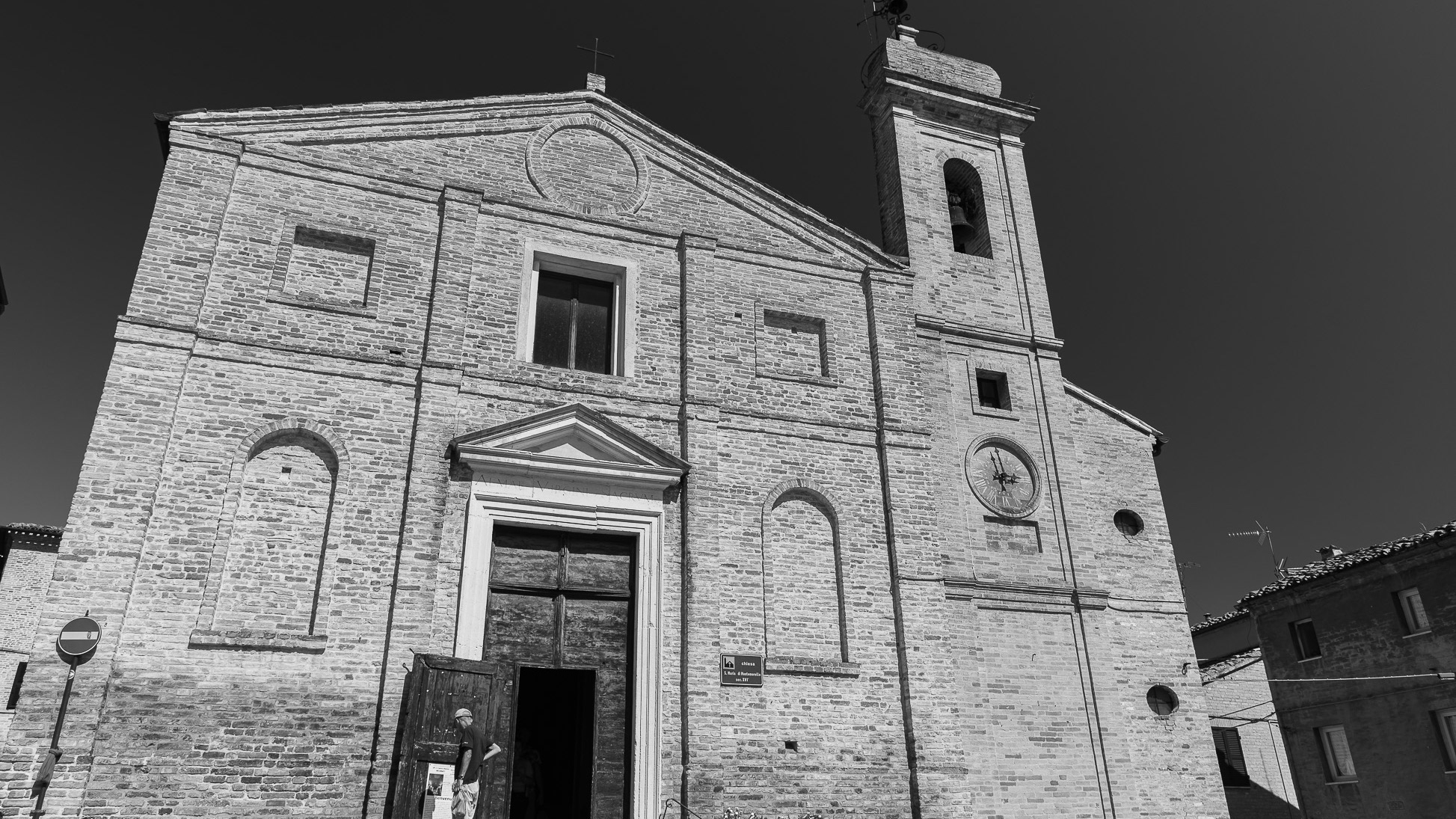Montefortino. The sanctuary of the Madonna dell'Ambro
2022
The sanctuary of the Madonna dell'Ambro is a religious building of Marian worship, located in the municipality of Montefortino, in the Sibillini Mountains.
You may also like

2022
Offida, Ascoli Piceno. The church of the Addolorata
The church of the Addolorata was built in the century XV. The façade is characterized by a portico above which, leaning against the wall, there are two elegant sixteenth-century stone windows. Inside the church there is the "Bara" (as the chariot with canopy where the statue of the Dead Christ is placed) is commonly called, which is triumphantly carried in procession on the evening of Good Friday.

2024
Ancona. La Cattedrale di San Ciriaco
The cathedral of Ancona is dedicated to San Ciriaco. It is a medieval church in which the Romanesque style blends with the Byzantine one, evident in the plan and in many decorations

2024
Acquaviva Picena. Mother Church of San Nicolò
The church is dedicated to S. Nicolò di Bari, patron saint of the city. The original construction dates back to the 16th c., and then assumed its current architectural forms during the 19th century

2022
Recanati. The church of Santa Maria di Montemorello
The church of Santa Maria di Montemorello is located in Recanati. The church has a certain notoriety for being the parish of the Leopardi family, where the poet Giacomo Leopardi also went to pray.

2025
Montemisio. Sanctuary of the M. Consolazione
2025
Landscape of the Marche hills. View from Montedinove

2025
Montedinove. Glimpses
Montedinove is an Italian municipality with 442 inhabitants in the province of Ascoli Piceno in the Marche region. The town sits on a hill 561 meters above sea level between the Aso and Tesino valleys, on the slopes of Mount Ascensione. It is part of the Sibillini mountain community. The town, inhabited since the Picene era, welcomed the people of Ascoli seeking refuge from the Lombards in 578. Later, the territory was donated in 1039 by Longinus to the Abbey of Farfa, and it was the people of Farfa who built the fortifications to defend the town. In 1239, the town was besieged by King Enzo but managed to emerge victorious after two years. In 1279, the town became a free municipality, while in 1586, under Pope Sixtus V, it became part of the Presidiato di Montalto. In the following centuries Montedinove followed the fate of the Papal States and Italy.
2022
Ascoli Piceno, Marche. The Cathedral of San Emidio
The city's cathedral, dedicated to the patron saint, stands on the site of a Roman public building, perhaps the Basilica del Foro, and is the result of multiple construction events that substantially range from the 11th to the 16th century.
2025
Marche, spectacular view and sunset

2025
Grottammare. Spectacular glimpses.
It rises on the shores of the Adriatic Sea and is located north of the mouth of the Tesino River. The town extends along the coast to the slopes of the surrounding hills.
